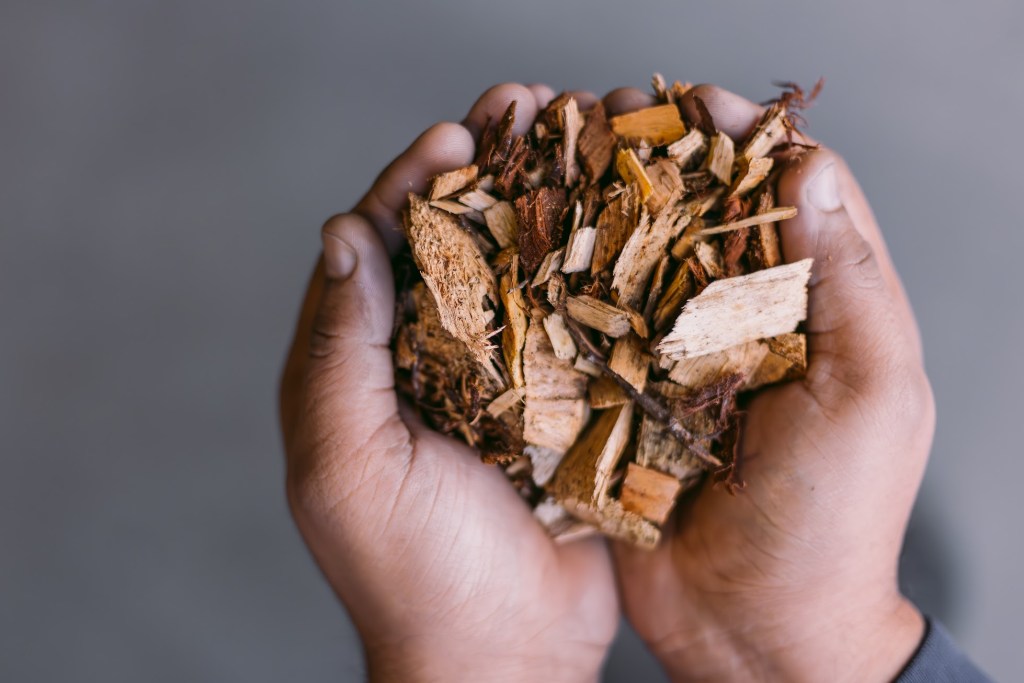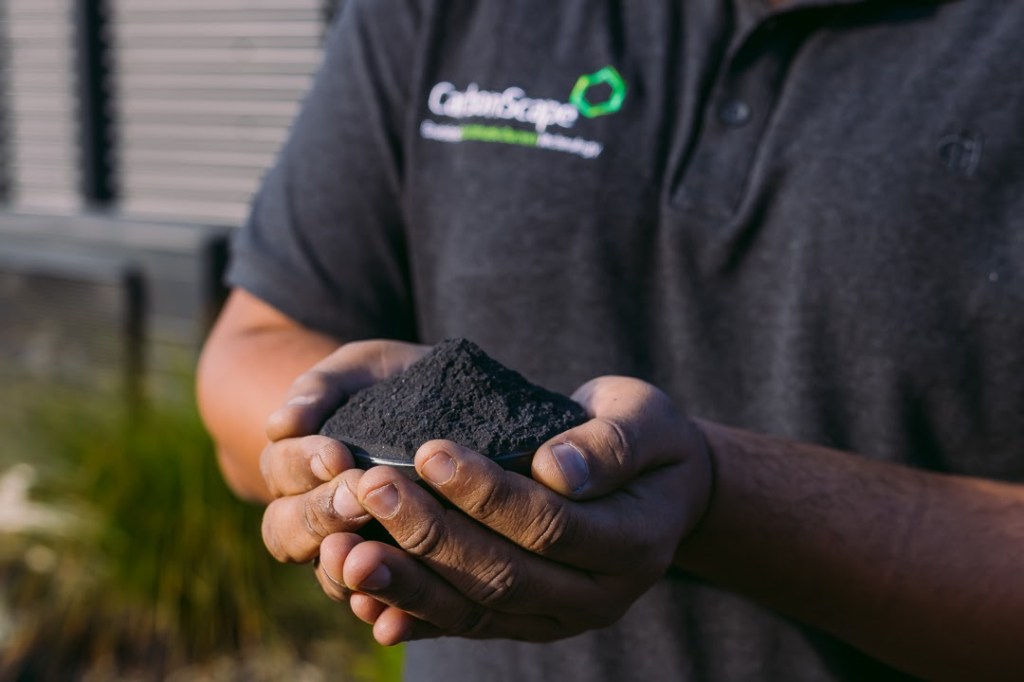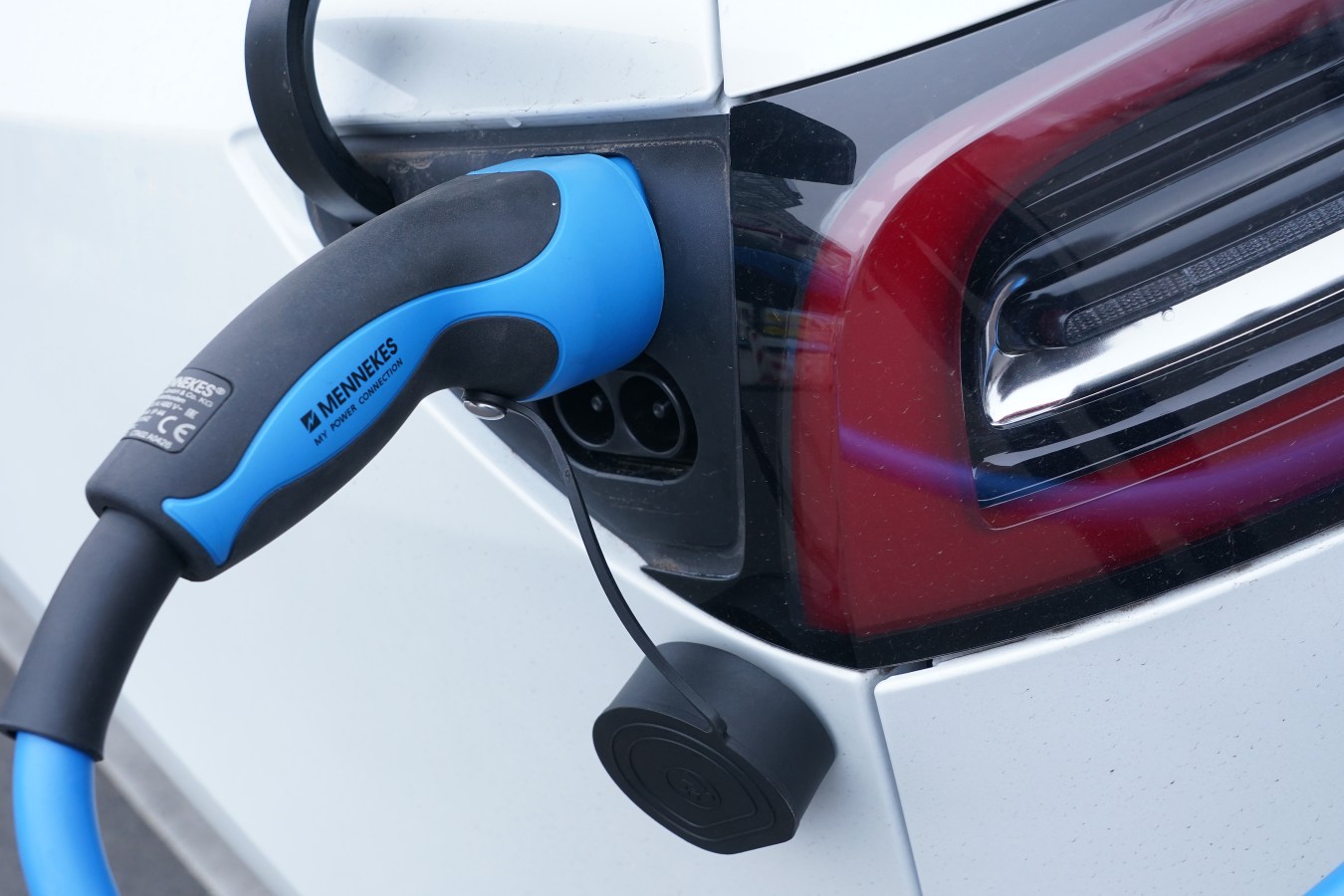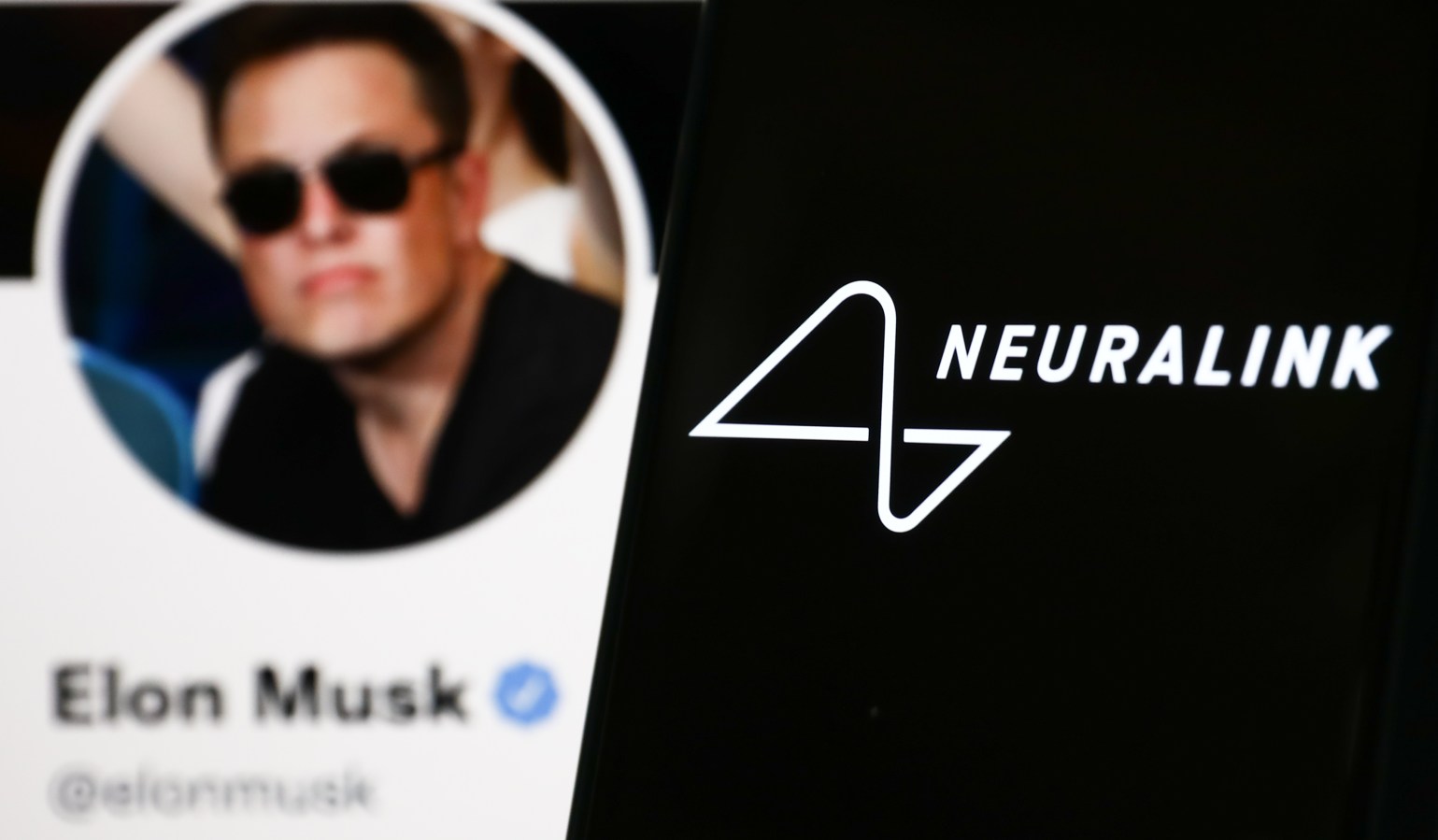New Zealand-based CarbonScape is set to commercialise the production of biographite – a new, cleaner graphite alternative for lithium-ion batteries.

CarbonScape, which began developing its clean graphite alternative, biographite, in 2016, recently banked $18 million in an investment round led by Europe’s largest supplier of wooden construction material, Store Enso, to commercialise its materials throughout Europe and the US.
According to CarbonScape, biographite is made from forestry by-products and has a carbon-negative footprint, saving up to 30 tonnes of carbon dioxide (CO2) emissions per tonne of material compared to synthetic or mined graphite.
For battery manufacturers, CarbonScape estimates using biographite could cut the carbon footprint of each battery by almost a third – potentially reducing sector emissions by more than 86 million tonnes of CO2 per year by 2030.
“If we are to truly move away from fossil carbon and power our economies through mass electrification, we urgently need sustainable alternatives like biographite to scale quickly,” CarbonScape CEO, Ivan Williams, says.

Williams estimates that by using less than 5% of forestry industry by-products generated annually in Europe and North America, CarbonScape could produce enough biographite to meet half of the total global projected graphite demand for EV and grid-scale batteries by 2030. And with new investment from Stora Enso, CarbonScape hopes to scale its business through Europe and the US – both of which are EV and battery manufacturing hubs.
“CarbonScape’s biographite enables the establishment of localised battery supply chains from the ground up,” he says.
Graphite, lithium and EVs: Why it matters
Graphite, which constitutes up to 50% of a lithium-ion battery, is becoming an increasingly in-demand substance, thanks to the rising demand for electric vehicles. It’s the key raw material in the lithium-ion battery anode, and while much of the industry has been focused on lithium, nickel and cobalt – which constitutes the cathode of the battery – the focus is shifting to the depleting supply of graphite.
In fact, demand for graphite is so high, there is a global forecasted deficit for graphite of 777,000 tonnes per year by 2030.
EV sales alone are set to triple by that date, according to Project Blue, and around US$12 billion of investment in graphite is needed by 2030 – and about 97 new mines by 2035 – to meet demand, according to Benchmark Mineral Intelligence. The alternative to natural, or mined, graphite, is synthetic graphite, which is a high-emissions process, CarbonScape says.
Related
Graphite on the global scale
In 2021, global reserves of graphite were estimated to be over 330 million tonnes, with Turkey holding the largest reserve of the mineral, followed by China and Brazil, according to Natural Resources. Just 1.3 million tonnes of graphite was produced around the world in 2021, according to a US Geological Survey, with about 850,000 tonnes of that from China.
And while Australia is a large producer of lithium, it doesn’t rank highly in terms of graphite – though, according to government data, it sits on about 5 million tonnes of reserves and nearly 8 million tonnes of economic demonstrated resources (EDR – resources for white profitable extraction or production is possible).
In 2022, the Morrison Government approved significant investment ($239 million) under its Critical Minerals Facility into EcoGraf Limited and Renascor Resources to produce highly-purified graphite in Western Australia and South Australia – the latter of which holds 66% of Australia’s confirmed resources, according to the Department for Energy and Mining.
ASX-listed minerals and tech company, Syrah Resources, is the largest public graphite company in Australia. It operates a flagship mine in Mozambique and also an active anode material facility in the US. The company was forced to halt its Mozambique operation in May and June, after producing about 15,000 tonnes of natural graphite in April – and 41,000 tonnes across the March quarter. There’s also Novonix – an ASX-listed company with operations in the US that produces synthetic graphite.
But CarbonScape could shake things up. It claims it can be produced locally, establishing secure and independent supply chains for European and US battery manufacturers – and eliminates the need to rely on imported, high-polluting synthetic or mined graphite.
“Partnering with CarbonScape marks another step on our journey to serve the fast-growing battery market with sustainable, local materials made from trees. With this partnership, we are exploring a sustainable alternative for critical battery materials, creating a positive impact on society,” Stora Enso’s senior VP of biomaterials growth businesses, Juuso Konttinen says.
Look back on the week that was with hand-picked articles from Australia and around the world. Sign up to the Forbes Australia newsletter here or become a member here.


